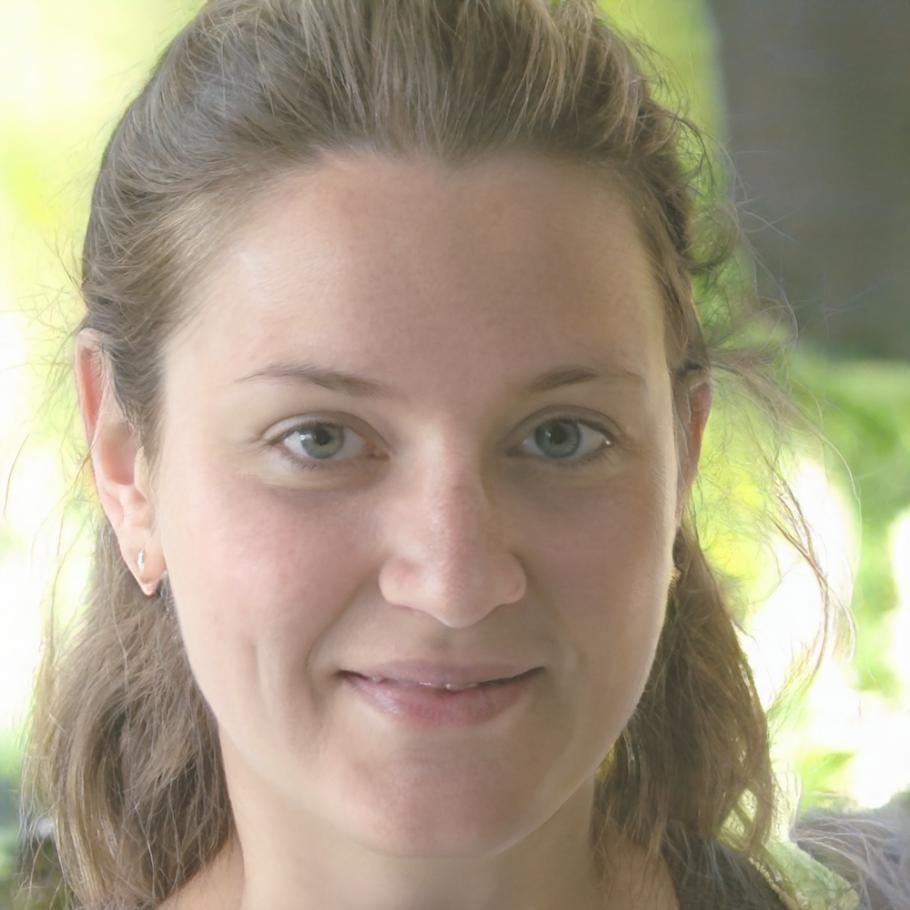Financial Scenario Modeling Program
Learn how financial decisions ripple through time. Our nine-month program teaches you to build models that reveal what happens when you change one variable in a complex system.
What You'll Actually Build
Most people think modeling is about spreadsheets. It's not. It's about asking better questions. When interest rates shift or supply chains wobble, what breaks first? Our program focuses on building your intuition through hands-on work with real market data from 2024 and early 2025.

Foundation Phase
You'll start with probability distributions and Monte Carlo basics. We use actual portfolio data from Australian markets to show how small changes compound over time.
Systems Thinking
This is where it gets interesting. You'll map how variables connect in unexpected ways. Housing prices affect consumer spending which affects employment which loops back to housing. We model these feedback loops.
Advanced Scenarios
In your final months, you'll tackle uncertainty. What happens when central banks shift policy? When commodity prices spike? You'll build models that help decision-makers prepare for multiple futures.
Who's Teaching This
You'll work directly with practitioners who've built models for banks, insurance companies, and government agencies. They know what works in real trading rooms and risk committees because they've been in those rooms.

Freja Lindström
Quantitative Risk Analyst
Spent seven years modeling credit risk at a major Sydney investment bank. She specializes in stress testing and tail risk scenarios that actually matter when markets get choppy.

Siobhan Kerrigan
Financial Systems Architect
Built forecasting models for treasury operations across three continents. Her focus is on models that survive contact with messy reality and incomplete data.
Program Timeline
Our next cohort starts September 2025. Classes run Tuesday and Thursday evenings, with Saturday workshops twice a month. You'll need about 15 hours weekly for coursework and projects.
Program Starts
Foundation modules and tool setup
First Projects
Build your initial market models
Advanced Work
Complex scenario development
Completion
Final presentation and portfolio

Where This Takes You
We're not going to promise specific outcomes. But previous participants have taken these skills into risk management roles, treasury departments, and consulting practices. Some use the techniques to improve their own business planning.
Build Working Models
You'll graduate with a portfolio of twelve functional models covering different market conditions and business scenarios.
Understand Uncertainty
Learn to quantify what you don't know and communicate risk in ways that help people make better decisions.
Connect With Practitioners
Our cohort model means you'll build relationships with other people doing this work across different Australian industries.